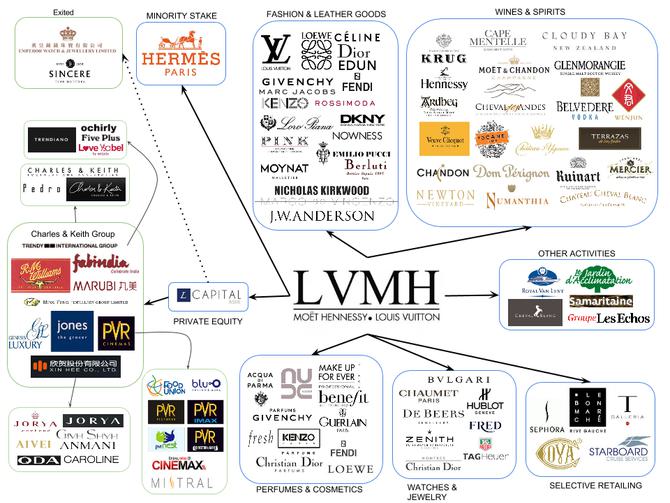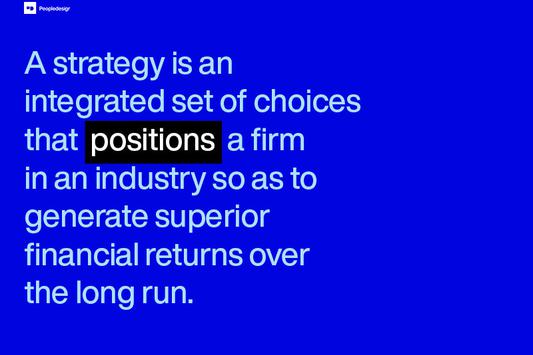
Peopledesign
The Built Environment
Furniture
Lighting
Textiles/Upholstery
Flooring/Carpet
Building Materials
AE Firms
Too Many Brands
Too Many Brands


Consolidation
When a market contracts, big fish eat the little ones.
Alignment
A complimentary strategic alliance can increase competitiveness. Stronger together.
Competition
An acquisition can eliminate a competitor. Buying can be cheaper than competing.
New Markets
Acquiring a new product category is faster than building one from scratch.
New Customers
Acquisitions can expand customer access. It might be a vertical market like healthcare or education, or vertical integration – a company with front-end services and customers that can leverage your back-end services.
Extend Capabilities
Acquiring companies for talent or core technology is especially prevalent in the tech world. It's becoming more common elsewhere with specialized skills and IP.
Ownership Logistics
There are many other financial or ownership transition motives for M&A.

If you have too many brands, begin with a deeper understanding of the sources of customer value. The value of a brand isn’t a single number – it’s more like a function of its position in the marketplace, history, and other market dynamics.
Today, GM has four primary brands for $170B in revenue. How many brands do you need? Some of the largest companies in the world, like Microsoft and Apple, have relatively small brand portfolios. They have many strong product platform brands that fall under a few large umbrella brands.
Demoting or retiring brands is difficult but often necessary. Much emotion and reserve sweat equity is involved, particularly among the acquired team. Or if company ownership is complicated. No one wants to kill a Golden Goose, but it’s easy to overstate a brand’s equity after an acquisition. Is Company A the same as before it was part of Company AB?
Audience
To whom does this brand appeal? How do you define its target and real audience? Who would miss the brand if it went away? Don’t only rely on your internal team. Research your customers and users to learn not only what they say but what they do. And what they truly need today.
Category
More broadly, think about the category. Where does this brand allow you to play? How is the category changing? How will you define an emerging new category? How do this audience and category fit into a long-term sustainable strategy?
Claim
Consider the claim or promise of each brand. How is this brand different and better than others in the same category? Does this brand have overlapping claims with other brands in your portfolio? To what extent do these claims align with your overall market position? How will the combined claim help you win?
Many brands mean keeping many promises. If you don’t have the resources to commit to multiple differentiated customer experiences, think twice about keeping many brands.
Retain the most aligned brands.
Keep some brands as parent or umbrella brands. Which identity best encapsulates your strategy and brand meaning? Create focused customer meaning unencumbered by legacy.
Demote valuable legacies.
Transition some brands to child brands focused on vertical market programs, a product platform, a service offering, or a targeted campaign. Leverage their brand equity as part of the overall message strategy without confusing the brand hierarchy.
Retire with a sunset strategy.
Some brands need to be retired. It doesn’t have to happen overnight – brand equity often resides with customers who will retire themselves. Consider your sunset strategy and take the time to get it right.
Often, there are critical differences between higher-end and lower-end markets beyond the price tag. In the same way, reaching different vertical markets goes beyond the product offering. Hospitals and universities buy differently.
It may seem counterintuitive, but creating a new umbrella brand from scratch is one way to clean things up. While a stable pool of brands exists in mature marketplaces, a new brand is a challenging but possible way to create new opportunities.

Learn, define, or reshape your primary brands so they each add significant value to your overall brand meaning. Make any necessary choices to right-size your brand portfolio.


